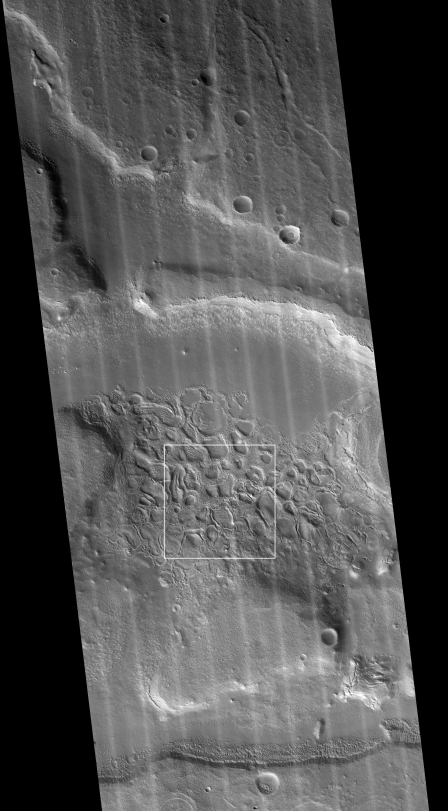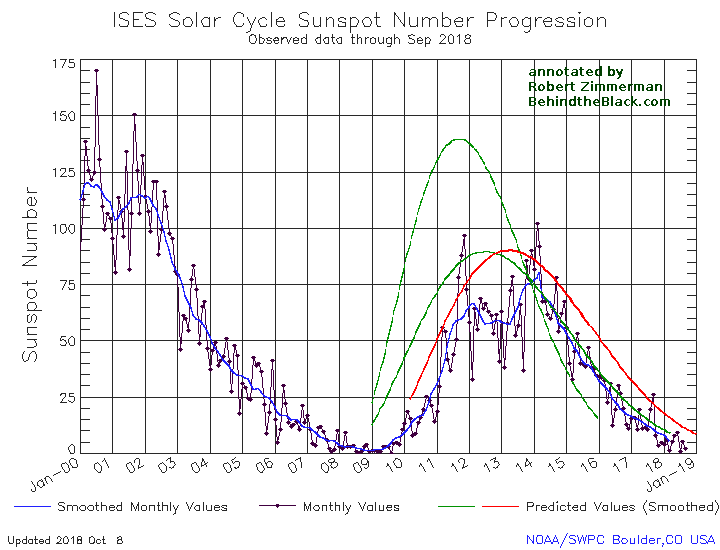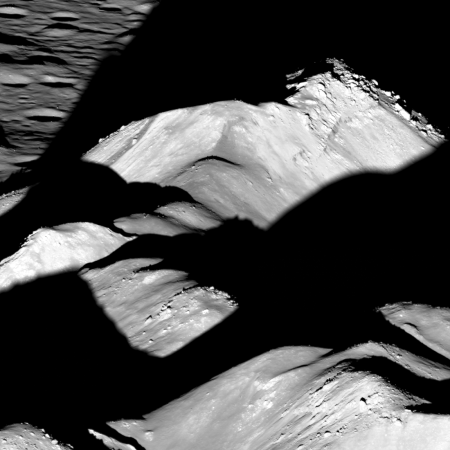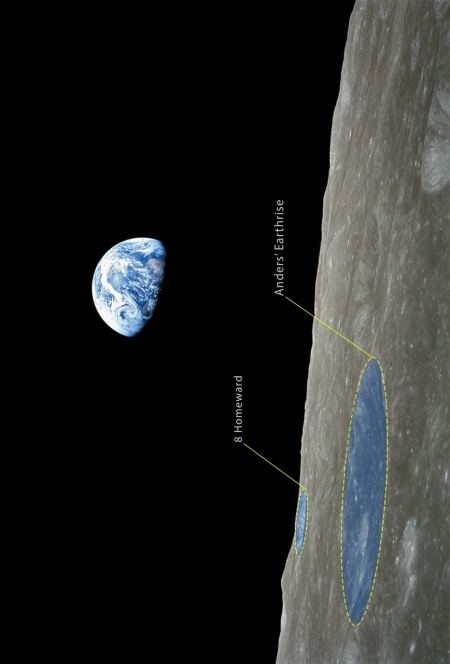Soyuz upper stage fails, forces emergency landing of manned capsule
During a manned Soyuz launch today the rocket’s upper stage failed, forcing an emergency landing of the Soyuz capsule.
A normally reliable Soyuz FG rocket malfunctioned two minutes after liftoff from Kazakhstan Thursday, forcing a Russian cosmonaut and his NASA crewmate to execute an emergency abort and a steep-but-safe return to Earth a few hundred miles from the launch site. Russian recovery crews reported the crew came through the ordeal in good shape. “NASA astronaut Nick Hague and Russian cosmonaut Alexey Ovchinin are in good condition following today’s aborted launch,” NASA Administrator Jim Bridenstine tweeted from Kazakhstan.
…two minutes and two seconds after liftoff, just a few seconds after the rocket’s four liquid-fueled strap-on boosters separated from the central core stage, something went wrong. Long-range tracking cameras showed the strap-ons and what appeared to be multiple other objects falling away from the rocket.
“Failure of the booster,” a translator called out, presumably relaying a report from Ovchinin to Russian mission control near Moscow. “Failure of the booster.” Moments later, he confirmed the Soyuz had separated from the rocket’s upper stage, saying “we are in weightlessness.”
During their descent they experienced g-loads as high as about 7 g’s, which is high but not unprecedented or even close to a record.
The quote above calls the Soyuz “normally reliable.” That description applied up until about a decade ago. In the past decade there have been several failures of that rocket, though all previous failures occurred with an unmanned payload.
With this failure the need to get the American commercial capsules operational has become very urgent, since we now have no way to get humans up to ISS. The astronauts on board ISS have Soyuz capsules for return, but no one can come up to replace them.
For example, one of the reasons cited for delaying the first SpaceX unmanned test flight from December into 2019 was scheduling difficulties at ISS. This might change now and allow an earlier flight.
I have embedded video of the launch below the fold.
» Read more
During a manned Soyuz launch today the rocket’s upper stage failed, forcing an emergency landing of the Soyuz capsule.
A normally reliable Soyuz FG rocket malfunctioned two minutes after liftoff from Kazakhstan Thursday, forcing a Russian cosmonaut and his NASA crewmate to execute an emergency abort and a steep-but-safe return to Earth a few hundred miles from the launch site. Russian recovery crews reported the crew came through the ordeal in good shape. “NASA astronaut Nick Hague and Russian cosmonaut Alexey Ovchinin are in good condition following today’s aborted launch,” NASA Administrator Jim Bridenstine tweeted from Kazakhstan.
…two minutes and two seconds after liftoff, just a few seconds after the rocket’s four liquid-fueled strap-on boosters separated from the central core stage, something went wrong. Long-range tracking cameras showed the strap-ons and what appeared to be multiple other objects falling away from the rocket.
“Failure of the booster,” a translator called out, presumably relaying a report from Ovchinin to Russian mission control near Moscow. “Failure of the booster.” Moments later, he confirmed the Soyuz had separated from the rocket’s upper stage, saying “we are in weightlessness.”
During their descent they experienced g-loads as high as about 7 g’s, which is high but not unprecedented or even close to a record.
The quote above calls the Soyuz “normally reliable.” That description applied up until about a decade ago. In the past decade there have been several failures of that rocket, though all previous failures occurred with an unmanned payload.
With this failure the need to get the American commercial capsules operational has become very urgent, since we now have no way to get humans up to ISS. The astronauts on board ISS have Soyuz capsules for return, but no one can come up to replace them.
For example, one of the reasons cited for delaying the first SpaceX unmanned test flight from December into 2019 was scheduling difficulties at ISS. This might change now and allow an earlier flight.
I have embedded video of the launch below the fold.
» Read more








